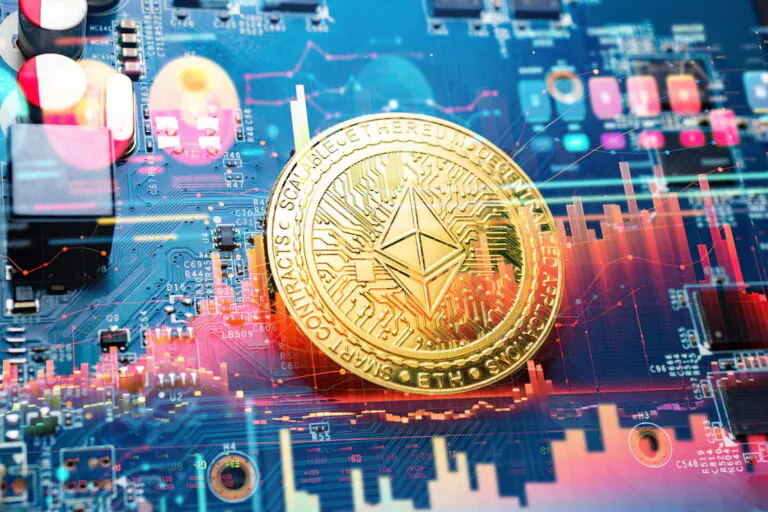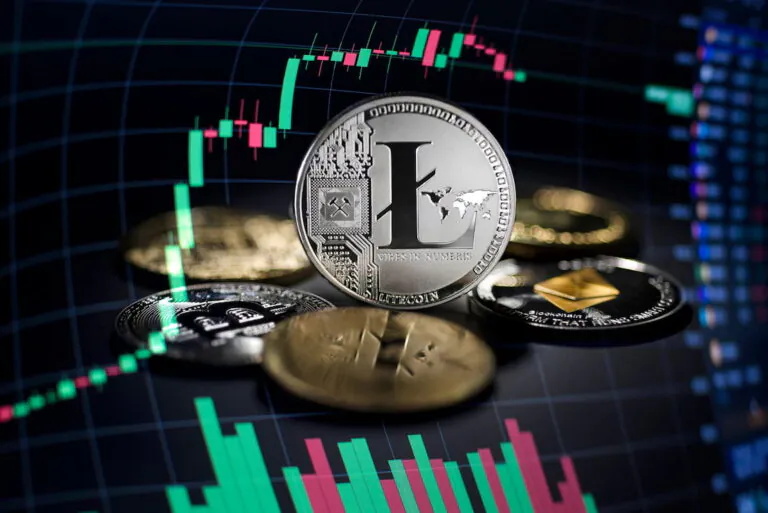It’s no secret that president Donald Trump is a big supporter of cryptocurrency and blockchain technologies. Initially a huge crypto sceptic, he then became one of many people dreaming of making the USA the crypto capital of the world.

Bitcoin is at $12,000, a loan secured by cryptocurrencies and other news of the week
This week, on Monday, Bitcoin crossed the $12,000 mark. At the moment, its price reached $12,200. Traders expect further movement of quotes to $13,865 and the path to updating the highs of 2019. In July, Bitcoin became the most popular asset among Americans, except for Tesla shares. The most popular cryptocurrency bitcoin outperformed the shares of leading US companies. Tesla shares have gained 283% since the beginning of the year, while the main cryptocurrency has gained 60%.
The US dollar fell to its lowest level since April 2018 against a basket of six other reserve currencies. For the first time since May 2018, hedge funds went into a net short on the US currency, which is a signal of a continuation of the downward trend. The downward trend began in March amid the outbreak of the COVID-19 pandemic. To mitigate the effects of the crisis, the Federal Reserve launched a printing press, such actions led to a decrease in the yield of 10-year government bonds. Bloomberg analysts do not rule out a correction (price movement in the opposite direction) of the dollar, but do not predict its stability due to the upcoming US elections. From peak values in March 2020, the DXY dollar index lost 6.75%. This has made US assets less attractive to global investors.
China announced the expansion of testing of the central bank's national digital payments system (DCEP) to large commercial transactions. Testing will cover all levels of industries, including hospitality and e-commerce payment processing. According to a source in the city of Suzhou, the DCEP testing is focused on commercial transactions such as retail, e-commerce, education, and transport card top-ups. One issue that is a matter of debate for the authorities is changing user habits, such as weaning people from using WeChat and Alipay, to make the digital yuan popular.
Expobank, the bank of the Russian Federation, issued a bank loan secured by tokens. A loan secured by cryptocurrency for entrepreneur Mikhail Uspensky became the first in the history of the country. The most difficult part of the transaction was to convince the bankers of the legality of using tokens for fiat money. The lawyers included the tokens used for security under the definition of “other property” and relied on the basic legislation, but in the future the definitions may change according to new laws on digital financial assets.
A bug that caused an unplanned fork was fixed on the Ethereum 2.0 testnet. On Friday, a glitch was discovered in the Prysm client, which is used by most validators, as a result of which the Medalla test blockchain broke into four chains that could not interact normally with each other. Subsequently, the failure reset the coefficient of validators who earn rewards for staking. The developers managed to fix the synchronization problem by encouraging validators to update their nodes.
Ethereum developers proposed another block reward reduction, miners opposed it. The proposal to reduce miners' earnings by 75% per block, aimed at reducing ETH inflation and preserving purchasing power, met with a barrage of criticism.
As a result of the first reduction, the reward decreased from 5 to 3 ETH, after the second – from 3 to 2 ETH, and now it can drop to 0.5 ETH. Experts believe that such dramatic changes jeopardize the security of the network, in particular, the risk of a 51% attack. Also, any decrease in reward will force miners on video cards to leave the network, and Ethereum will come under the complete control of ASIC.
Start your crypto exchange with Coin24

Exchange BTC, ETH, USDT and more — cash or card

Secure and fast crypto exchange since 2018



